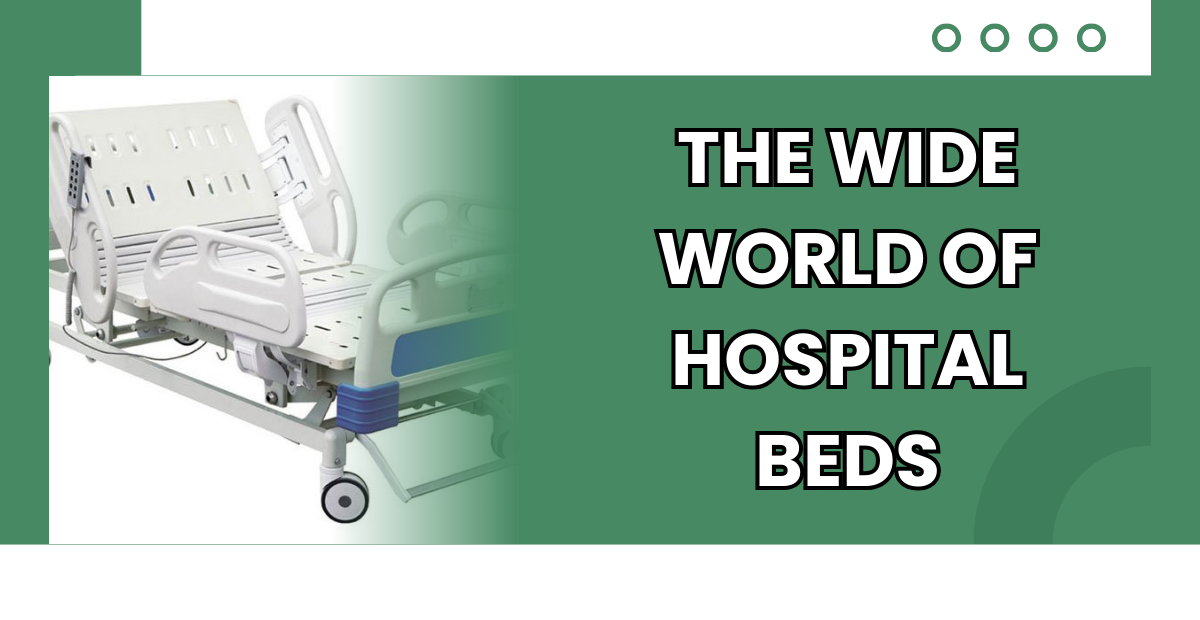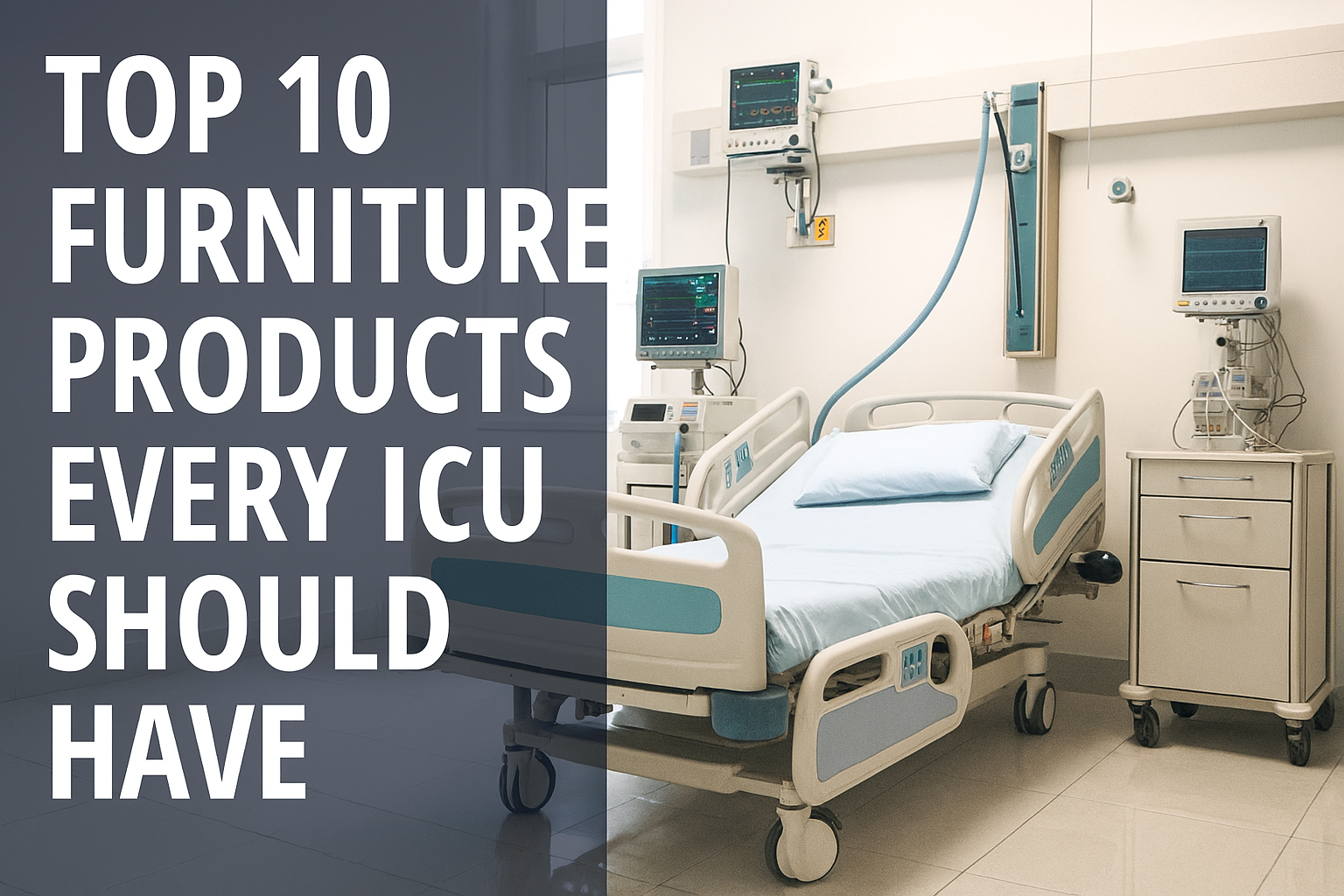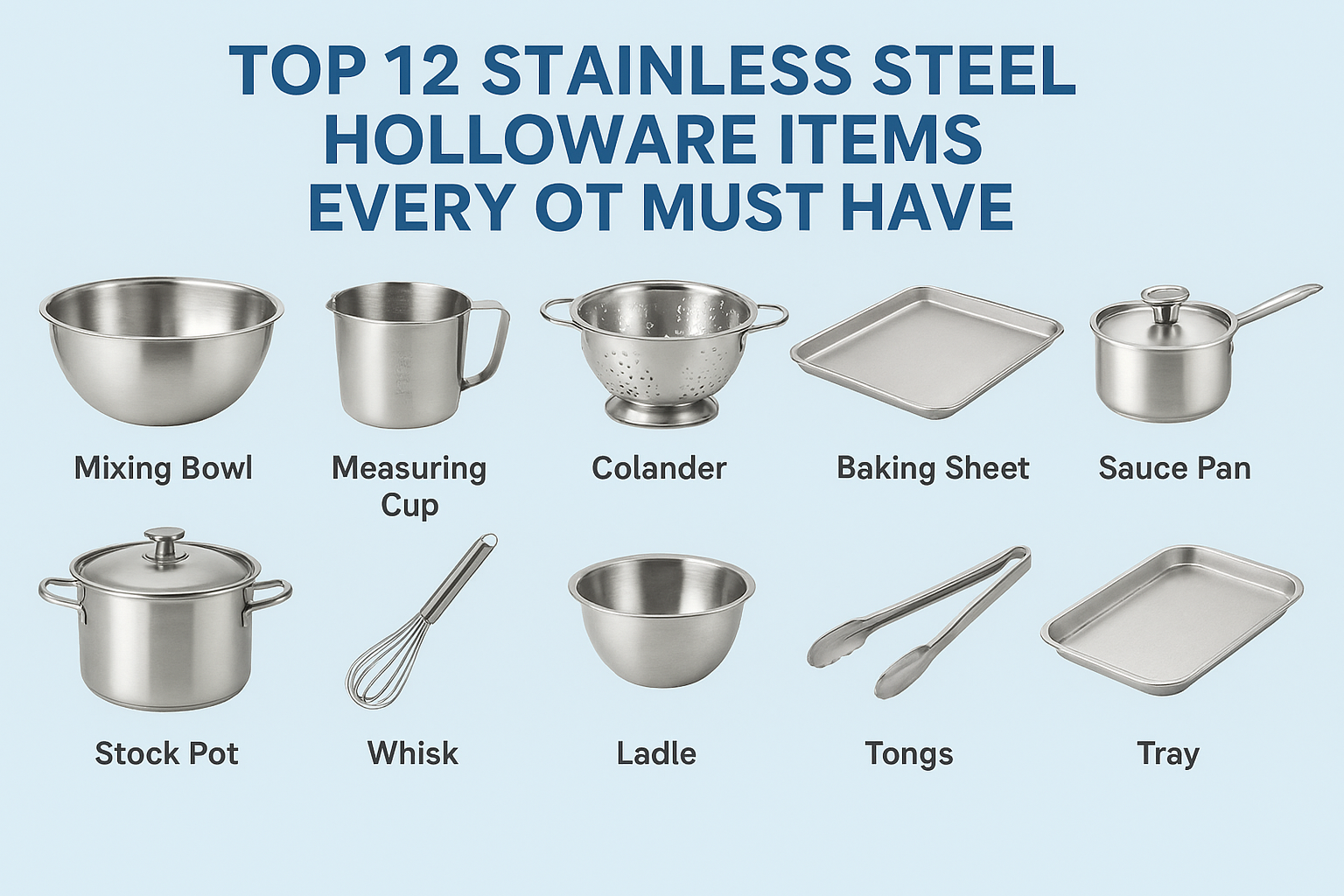When we think of hospital beds, a simple, standard-looking bed often comes to mind. However, the reality is that the world of hospital beds is far more diverse and specialized than most people realize. From intensive care units to labor and delivery suites, each healthcare setting demands unique features and functionalities to cater to the specific needs of patients and medical staff. In this blog post, we’ll embark on an exploratory journey through the different types of hospital beds, unveiling the remarkable designs and innovations that make these seemingly ordinary pieces of furniture truly extraordinary.
Intensive Care Unit (ICU) Beds
ICU beds are the undisputed champions of hospital bed technology. These highly advanced beds are designed to meet the critical demands of patients battling life-threatening conditions. With built-in monitoring systems, specialized surface technologies for pressure relief, and seamless integration with life-support equipment, ICU beds are engineered to provide optimal care and support to the most vulnerable patients.
Birthing Beds
The labor and delivery process requires a unique set of considerations, and birthing beds are tailored to address these needs. These beds often feature adjustable positions, removable sections, and specialized attachments like stirrups or grab bars to facilitate a comfortable and safe delivery experience. Many birthing beds also incorporate features like integrated fetal monitoring systems and ergonomic designs to support both the mother and the medical team.
Bariatric Beds
As the prevalence of obesity continues to rise, the demand for specialized bariatric beds has also increased. These beds are designed to accommodate patients with significant weight challenges, offering wider surfaces, reinforced frames, and higher weight capacities. Bariatric beds often incorporate advanced mobility features, such as built-in scales and patient positioning systems, to ensure safe and comfortable care for larger patients.
Pediatric Beds
Children require specialized care and attention, and pediatric beds are designed with their unique needs in mind. These beds often feature colorful and whimsical designs to create a welcoming and child-friendly environment. Safety features like secure side rails, integrated entertainment systems, and adjustable heights to accommodate varying ages and sizes are common in pediatric bed designs.
Surgical Beds
Operating rooms demand highly specialized bed designs that facilitate efficient and precise surgical procedures. Surgical beds are engineered with features like radiolucent surfaces for unobstructed imaging, specialized positioning capabilities for optimal access during procedures, and seamless integration with surgical equipment and accessories.
Rehabilitation Beds
The journey to recovery often involves specialized rehabilitation protocols, and rehabilitation beds are designed to support this process. These beds may incorporate features like adjustable heights, built-in therapy surfaces, and integrated exercise equipment to aid in physical therapy and strength training. Additionally, many rehabilitation beds offer advanced mobility and transfer capabilities to assist patients with limited mobility.
Home Care Beds
For patients requiring extended care in the comfort of their own homes, home care beds provide a practical and convenient solution. These beds are designed to be easily transportable and adjustable, offering features like remote controls, adjustable positioning, and integrated safety rails. Home care beds aim to bridge the gap between hospital-level care and the familiar surroundings of a patient’s home environment.
This diverse range of hospital beds highlights the remarkable advancements in healthcare technology and the industry’s commitment to providing tailored solutions for every patient’s unique needs. From the cutting-edge technology of ICU beds to the specialized designs of birthing and surgical beds, each type of hospital beds plays a crucial role in ensuring the highest quality of care and patient comfort.
As medical research and innovation continue to push boundaries, we can expect to see even more remarkable developments in hospital bed designs, further enhancing patient experiences, improving healthcare outcomes, and supporting the tireless efforts of medical professionals worldwide.






